
Untitled Installation
The installation will include a series of architectural models, three animation-projections, and an audio piece by composer Matthew Ryals
Courtesy the artist.

The installation will include a series of architectural models, three animation-projections, and an audio piece by composer Matthew Ryals
Courtesy the artist.
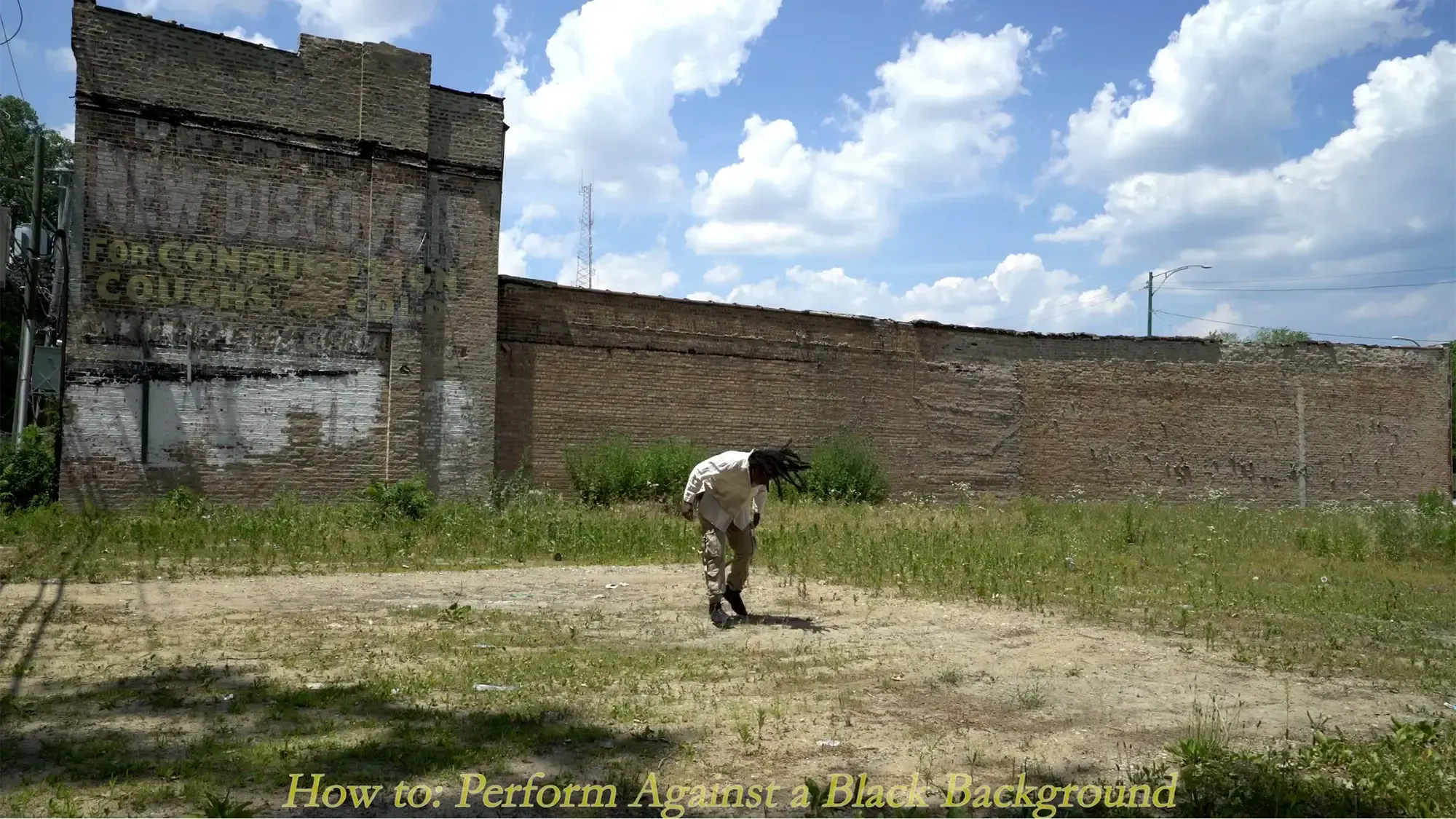
Visual, sound, and performance artists Katherine Simóne Reynolds and A.J. McClenon experiment with translating their 2022 video collaboration from its previous online format into a three-dimensional, multi-channel installation with live performance interventions.
The artists riff on 1980s archival footage of influential choreographer and video artist Blondell Cummings (1944–2015) performing at The Kitchen NYC, which also commissioned the original version of this project. Revisiting their own video work Reynolds and McClenon share Cummings’s preoccupation with domestic spaces and everyday, physical practices of sustenance and relation that occur inside them.
Cummings used a stop-motion–like choreographic practice she called “moving pictures” that manipulated how her quotidian, expressive gestures were perceived in time and space, like traces of memory in quick succession. Such choreographic processes turned Cummings into both photographic subject and photographer—choosing and ordering her own image, at once being surveyed and surveying the world closely.
Reynolds and McClenon build on the intimacy Cummings created between herself and her observations of the world through these embodied love letters to Black domestic experience: a partial buffer from an anti-Black world. How do visibility, opacity, public, and private function when framed at once within the stage, screen, and home?
This sequence of somatic, gestural “how to’s” for living a domestic Black life first took the form of a video work shot in the public but intimate space of an open lot in Chicago. Translated into Studio 1—Goodman, the videos are housed in a shifting, home-like interior holding moving image, soundscape, and body, allowing the artists to physically intervene in how and when the original videos are witnessed. In this simultaneously protective and exposed enclosure, the artists move through cooking, holding hands and holding their breath, silently weeping, and loudly surviving.
Audiences can enter the installation at any time. On the first day of the festival, the artists perform intermittently; then, the traces of their presence remain in the space on the second day.
Main Image: A.J. McClenon and Katherine Simóne Reynolds, Gestures Investigating the Good and Not So Good In Relationships – As Shown to Us by Blondell Cummings, 2022. Video still.
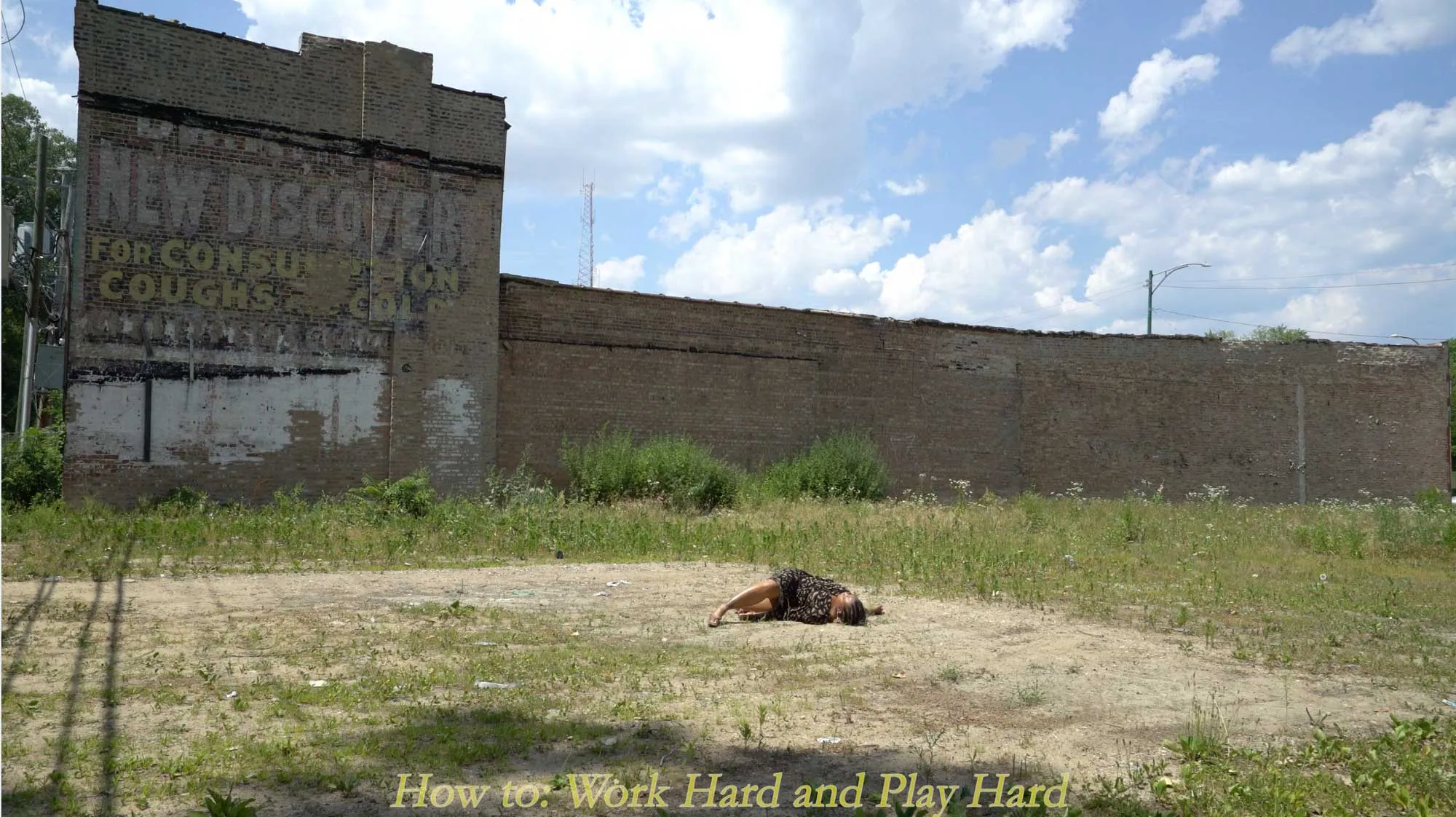
Visual, sound, and performance artists Katherine Simóne Reynolds and A.J. McClenon return to further develop their video collaboration, Gestures Investigating the Good and Not So Good In Relationships – As Shown to Us by Blondell Cummings (2022), from its previous online format into a three-dimensional, multi-channel installation with live performance interventions.
Main Image: A.J. McClenon and Katherine Simóne Reynolds, Gestures Investigating the Good and Not So Good In Relationships – As Shown to Us by Blondell Cummings, 2022. Video still. Courtesy the artists.
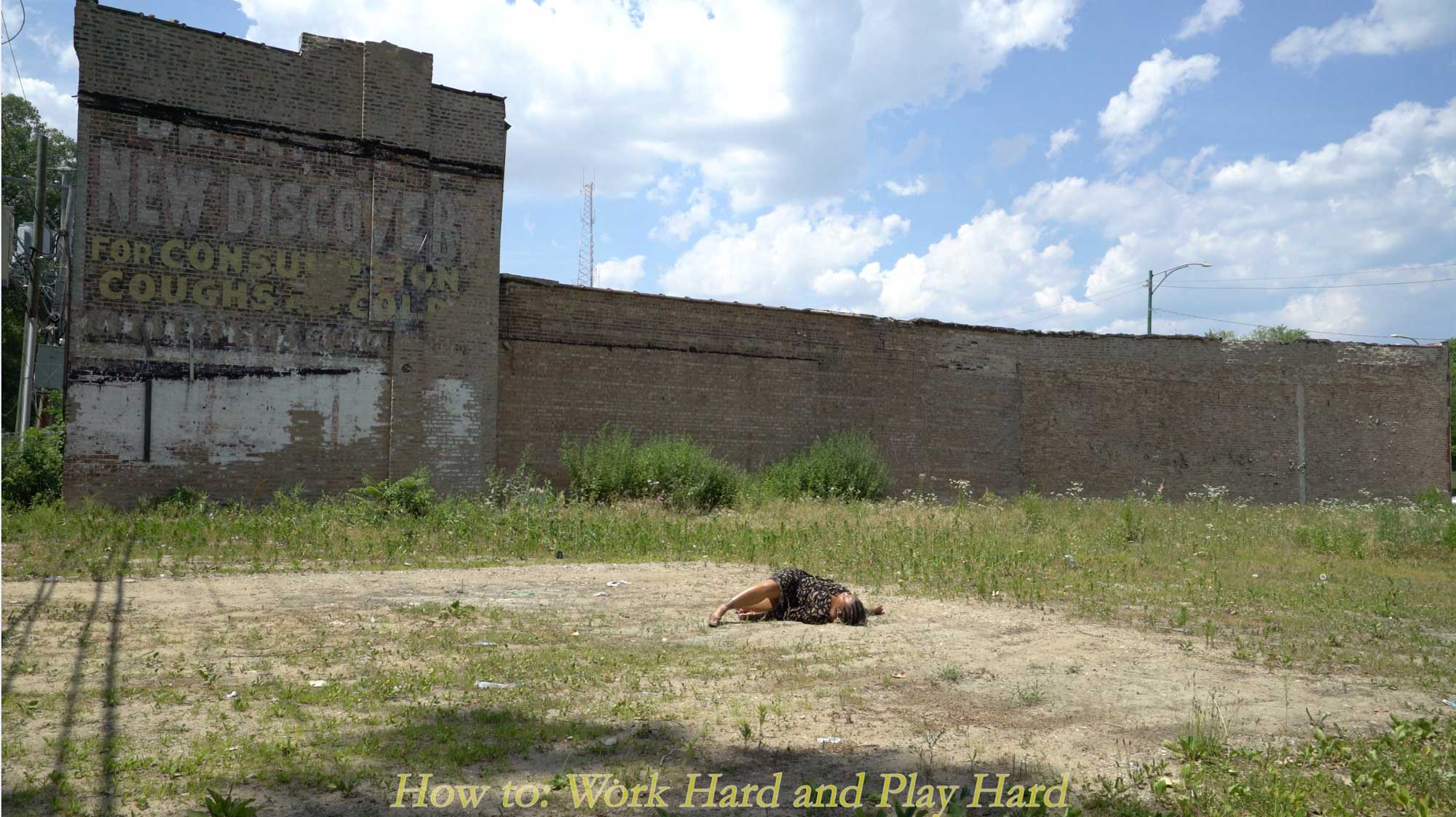
A.J. McClenon and Katherine Simóne Reynolds, Gestures Investigating the Good and Not So Good In Relationships – As Shown to Us by Blondell Cummings, 2022. Video still.
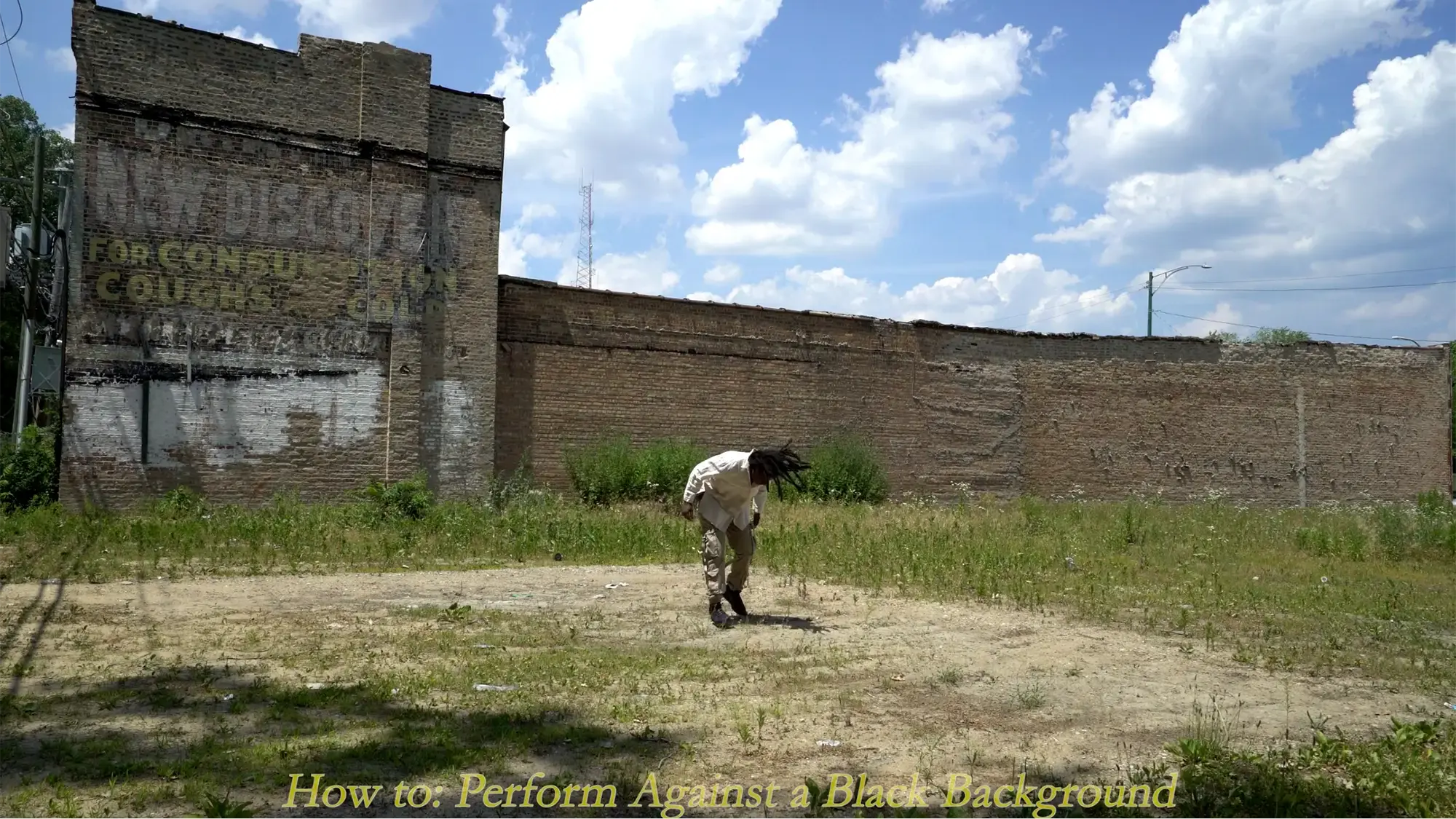
A.J. McClenon and Katherine Simóne Reynolds, Gestures Investigating the Good and Not So Good In Relationships – As Shown to Us by Blondell Cummings, 2022. Video still.
Transcroporeality is a trial of immersive multi-modal work incorporating smell and video related to the Anthropocene, microplastics, hybrid geology, and late industrialisms. Transcorporeality, as termed by feminist science studies scholar Stacy Alaimo, is the recognition that "the human is always inter-meshed with the more-than-human world," and that the materiality of our bodies is porous, hybrid, and inseparable from “the environment.” Most information about ecological demise is depicted through data or visuals, and this installation attempts to prioritize more embodied contact points with Anthropogenic changes to the environment.
Hanging censurs fill the atmosphere of Studio 1 with smell—a sense that bypasses cognition, more directly activating emotion and memory. The subjectivity and corporeality of olfaction does not preclude it from being a valid form of knowledge of our environment, and in fact, may be a benefit to understanding the lived realities of ecological collapse. In the nineteenth and twentieth centuries, smell was a legitimate way to understand environmental changes, as toxic industrial pollution was frequently reported via its noxious odor. Smell provides evidence of manufactured risks that may be unperceived by the naked eye, pervasive in late industrialisms.
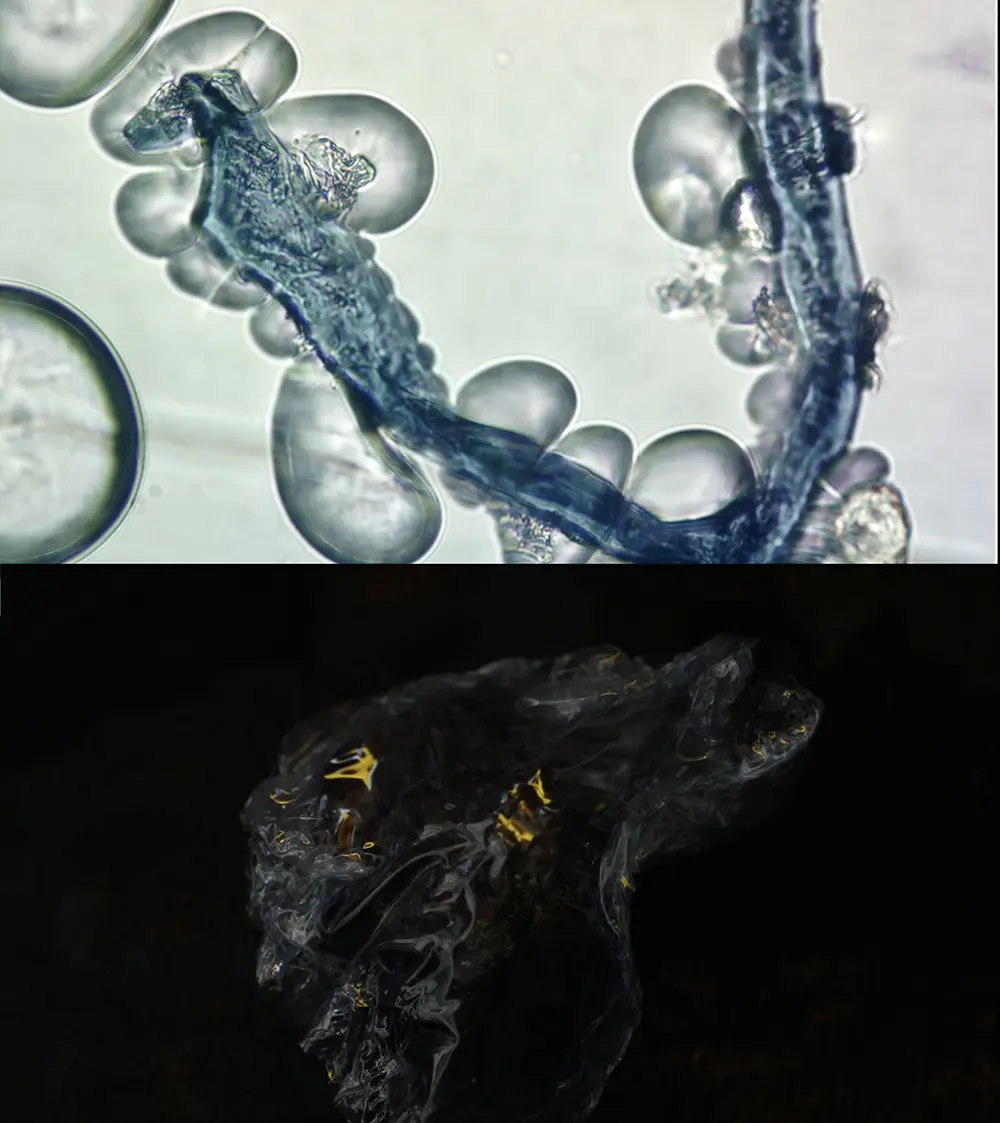
Courtesy the artist.
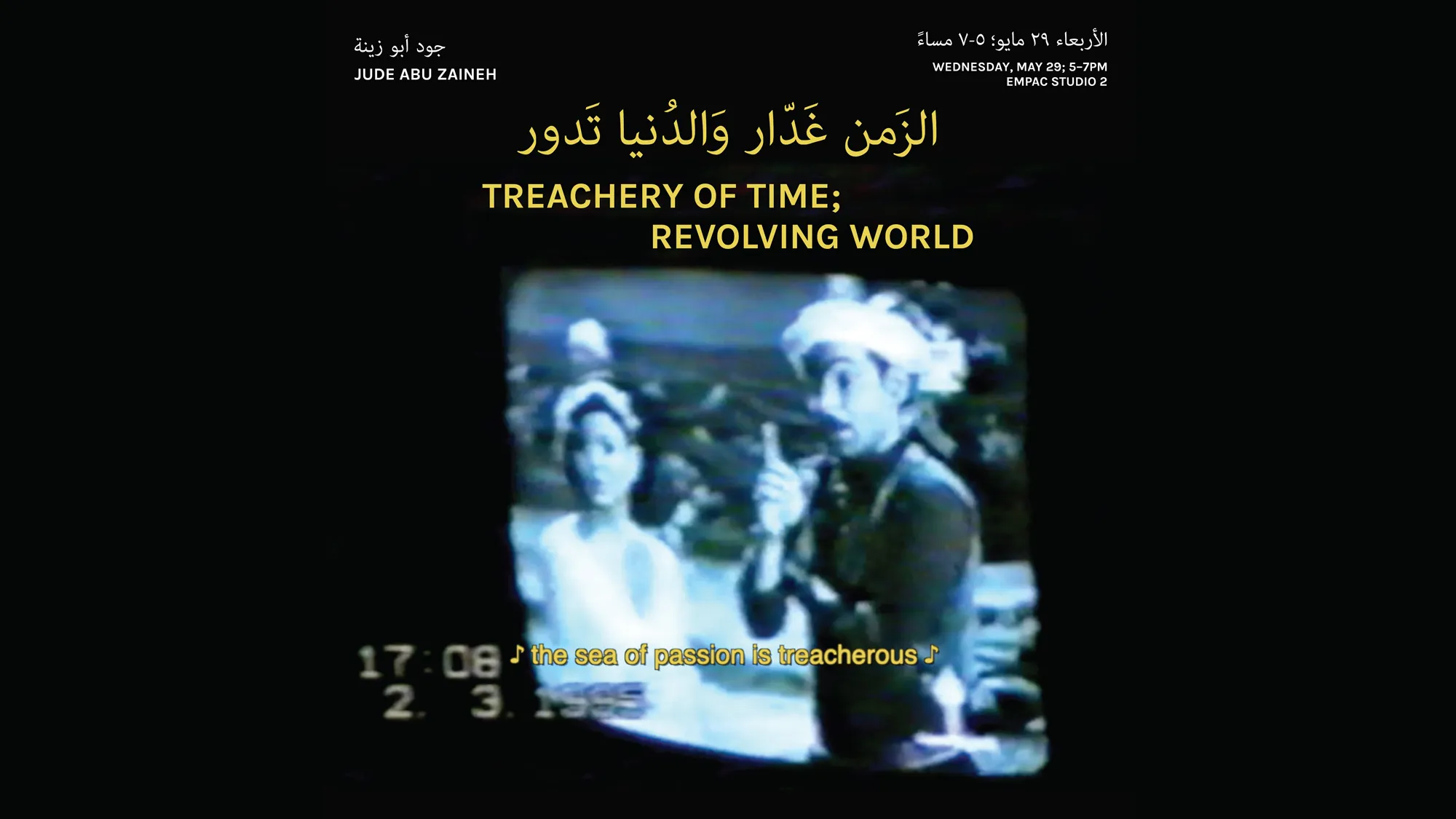
In الزَمن غَدّار وَالدُنيا تَدور | Treachery of Time; Revolving World, Palestinian-Canadian artist Abu Zaineh blends installation and archival videos to explore the intertwined themes of placelessness, memory, joy, and resilience. This reflective journey connects personal grief with broader socio-political realities, emphasizing the severance of humanity toward Palestinian lives while celebrating their enduring spirit. By evoking nomadic and exilic experiences alongside contemporary colonial struggles, the installation honors the lives and legacies of those affected.
Main Image: Courtesy the artist.
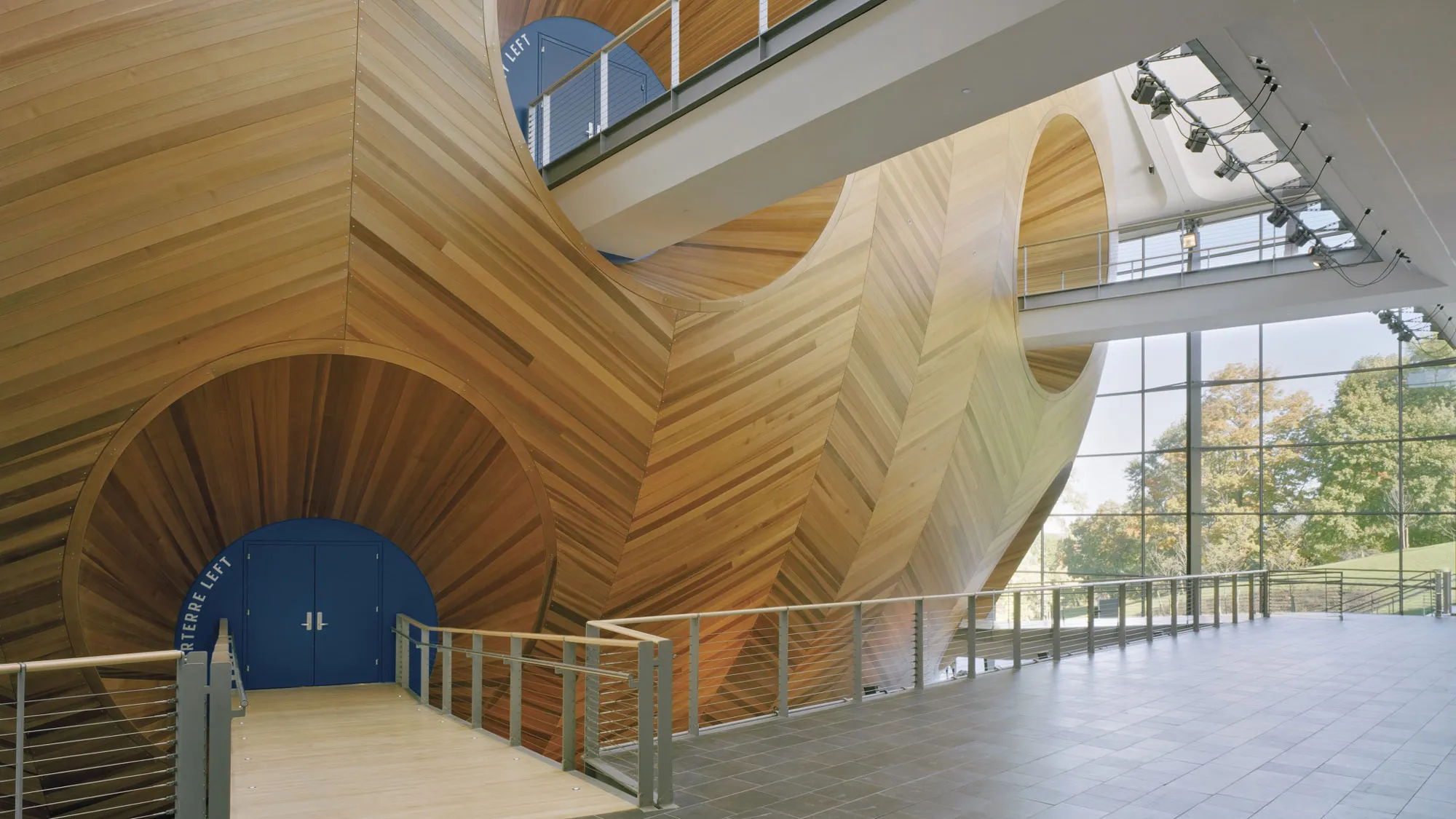
A selection of stand-alone transducer-based installations will populate EMPAC’s interstitial areas. Visitors will have the opportunity to experience these evocative pieces as they run throughout the symposium’s duration.
Main Image: EMPAC's mezzanine. Photo: Paúl Rivera.
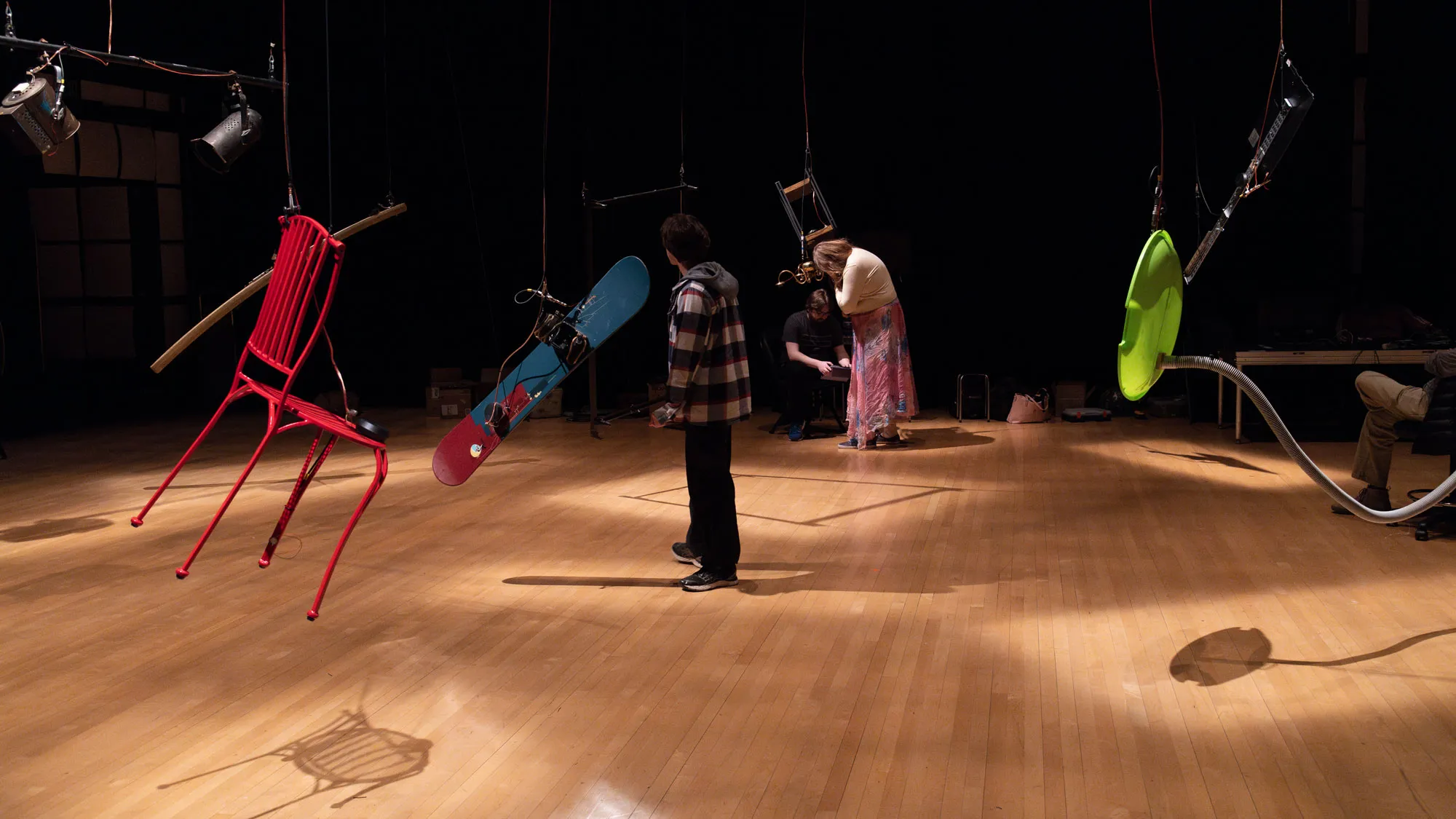
As a part of the Reembodied Sound 2024: Festival & Symposium on Transducer-based Music and Sonic Art, and co-presented by the Rensselaer Department of Arts and the curatorial program at EMPAC, David Tudor’s landmark 1973 sound performance-installation Rainforest IV will be presented in Studio 2.
Rainforest IV grew out of a 1973 workshop in Chocorua, New Hampshire that included a group of artists who would soon become the collaborative Composers Inside Electronics: David Tudor, John Driscoll, Phil Edelstein, Linda Fisher, Ralph Jones, Martin Kalve, Paul DeMarinis, and Bill Viola. In this performed installation, each composer designs and constructs their own sculptures, which function as instrumental loudspeakers under their control. Each sculpture produces sound material that display the object’s resonant characteristics.
For Reembodied Sound, Driscoll and Edelstein, along with Rensselaer professor Matthew Goodheart, guide Rensselaer Arts Department students in choosing and sonifying their chosen objects. This version of Rainforest IV will be mounted as an installation and durational performance in EMPAC Studio 2 and symposium participants are invited to move freely among the sculptures, creating their own sonic environment as they roam.
A 2014 recreation of Rainforest IV. Courtesy the Internet Archive.
Main Image: David Tudor’s Rainforest IV installed in Studio 2 during Reembodied Sound 2024. Photo: EMPAC/Michael Valiquette.
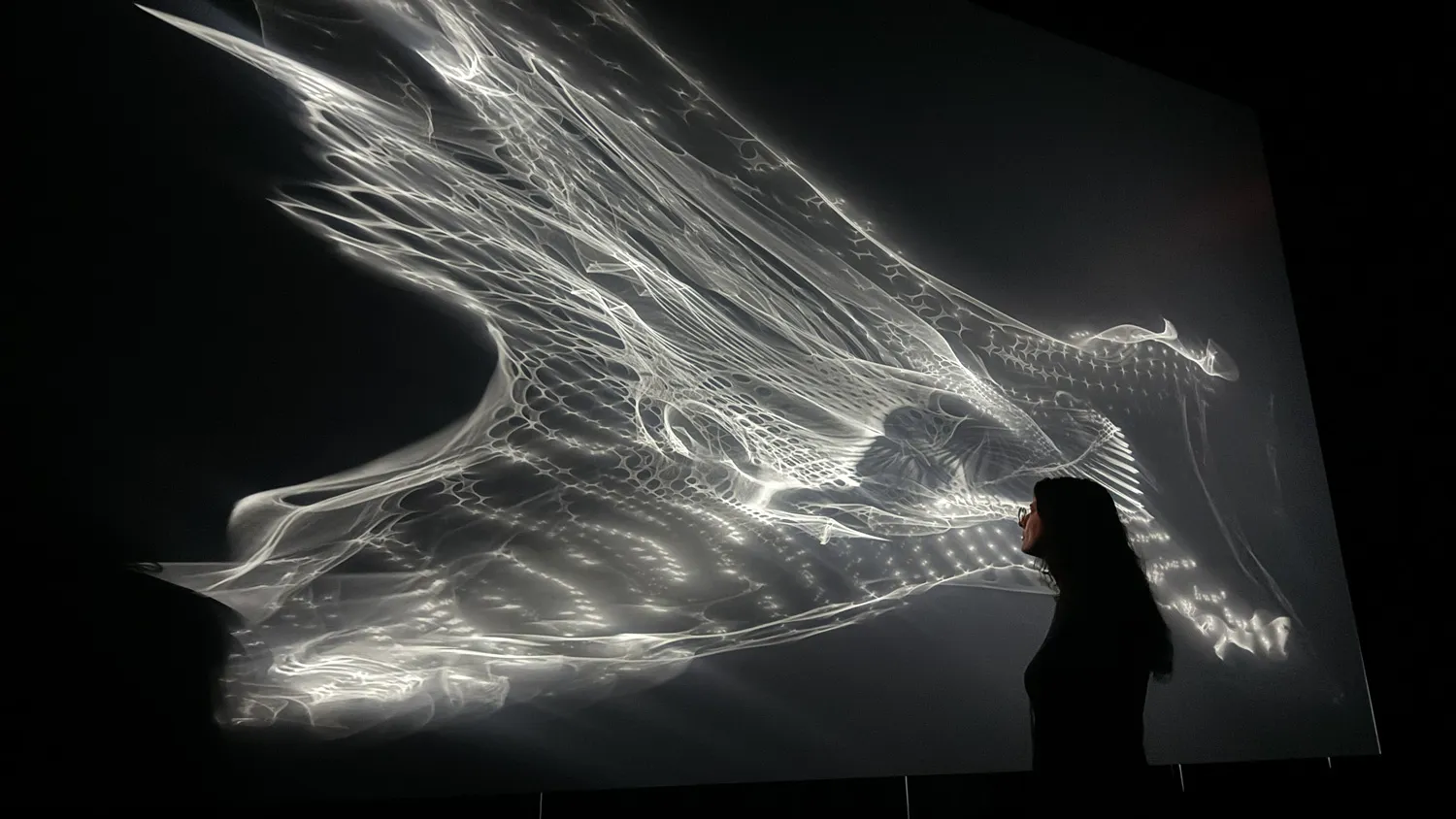
A light and sound installation by Yael Erel and Avner Ben-Natan incorporating dynamic reflected light drawings that engage with soundscapes by Pauline Oliveros, Jonas Braasch and Zack Layton recorded through the Dan Harpole Cistern System.
Light shines onto stainless steel discs and reflects dynamic light drawings that respond to sound, creating a sense that both the sound and the light are alive. Data engraved onto the reflector by a robotic arm is derived from the footprint of the cistern along with the way that sound reverberates off the cistern itself. Once illuminated, the information is reflected and transposed into light drawings. Multiple reflections from one light source create a sense of reverberation echoed in both light and sound.
As viewers enter the space they are immersed within a field of light and sound reverberation. Echoing the intent of Pauline Oliveros’s Deep Listening practice, this work aspires to support this sense of immersion and focus in a meditative space by enhancing the soundscape as a multi-sensory experience.
Main Image: Yael Erel and Avner Ben-Natan, Reverberating Light work-in-progress presented Sept. 2023. Pictured: Yael Erel views an intricate reflection projected onto a large surface. Courtesy the artists.
The sculpture Ilopango, the Volcano that Left by Beatriz Cortez will be available for public viewing as part of its voyage north onboard the fireboat John J. Harvey.
Members of the public can witness the sculpture at the riverfront Marina on the Hudson River Maritime Museum campus throughout the day on Saturday, October 28.
For those interested in touring the Museum, it is open 11am-5pm on Saturday. Visit hrmm.org for Museum admission and accessibility info.
For the complete itinerary and live broadcasts of the sculpture's travels, please visit the journey's event listing.
The welcoming reception on Friday has reached capacity.
On view will be a 360-degree panoramic film and a participatory sensorium installation. The piece explores anthropocene geology and the mutual metabolism that occurs between landscapes and bodies. The artist considers toxins and materials that humans input into the earth for digestion across deep time, and how we ask our own bodies to process geologic materials (often for potential detoxification). The work situates asphalt as a kind of speculative future geology and suggests forms of intimacy with industrial detritus. The word asphalt (asphaltos, ἄσφαλτος) comes from the greek sphállō— “to fall, cast down." The installation acts as an open-ended communal feast, where guests are invited to consume edible clay and geologically-inspired foods.
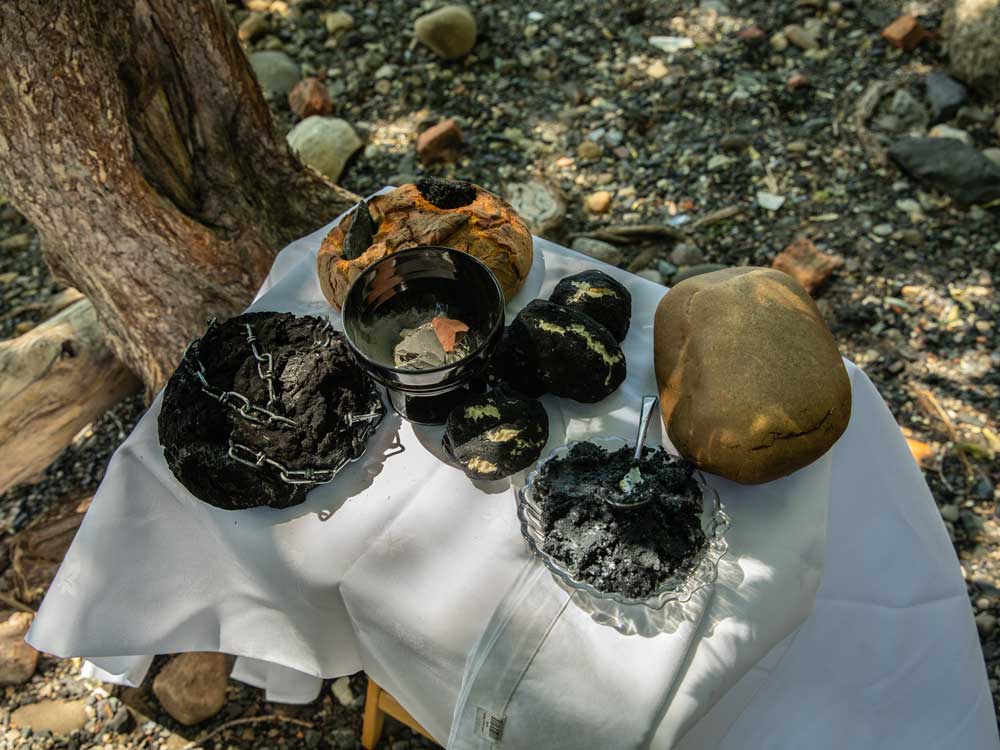
Image: Courtesy the artist.